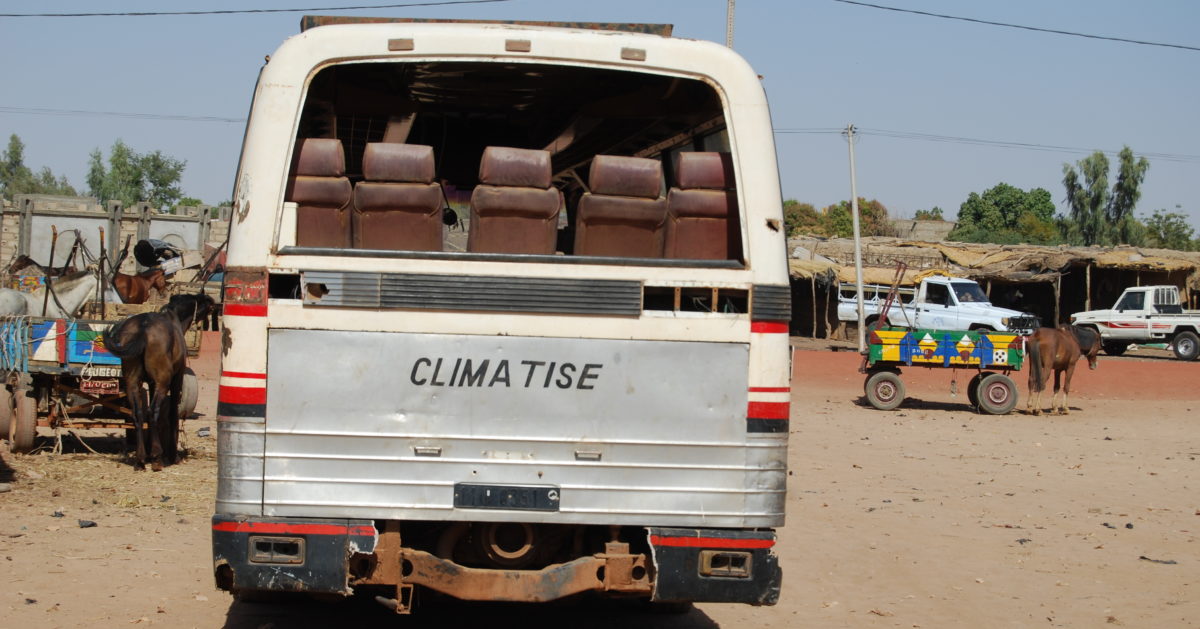I’ve been meaning to write this post for some time to recognize the amazing work being done by Dipesh Pabari at the Kenya Coast.
When he told me he was turning snares set to kill wildlife into art I didn’t imagine it would look quite like this.
Then he embarked on turning pollution in the ocean into another work of art. This whale shark is the outcome of his labor of love, it’s beautiful and meaningful. Hopefully we all get the message ‘stop killing wildlife and stop polluting the natural environment”. The project is getting a quite some attention.



Last summer as part of their Ocean Project, Camp International, a volunteering organisation running trips to Africa and Asia, coordinated 7 beach cleanups involving gap year students from the UK to cleanup the Kenyan coastline. Over 200 bags of litter were collected which included over 7000 flip-flops. The Camp Kenya School Team Expedition then worked with local artists to create a life size whale shark made out entirely of the recycled flip-flops picked up from the beach.


